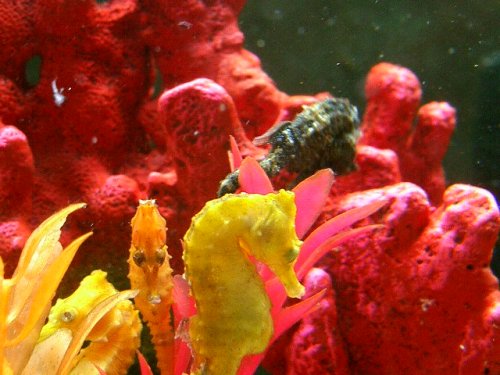Mredhorse
Member
DDDUUUUDDDDEEEEEE what dont you have!?!?!?!?!?! cool stick bugs, awesome chams, if that avatar pic is yours you have sea horses, AND NOW YOU HAVE CARNIVOROUS PLANTS?!?!?!?!?!!? . . . . . . . ur lucky
Shhhhhhhhhhhhhhhhhhhh
Avatar is only 2 of the 11 in a 90gal. (Pic taken 2 months ago)
Teaser pics
(shocked this topic hasn't been moved yet)







